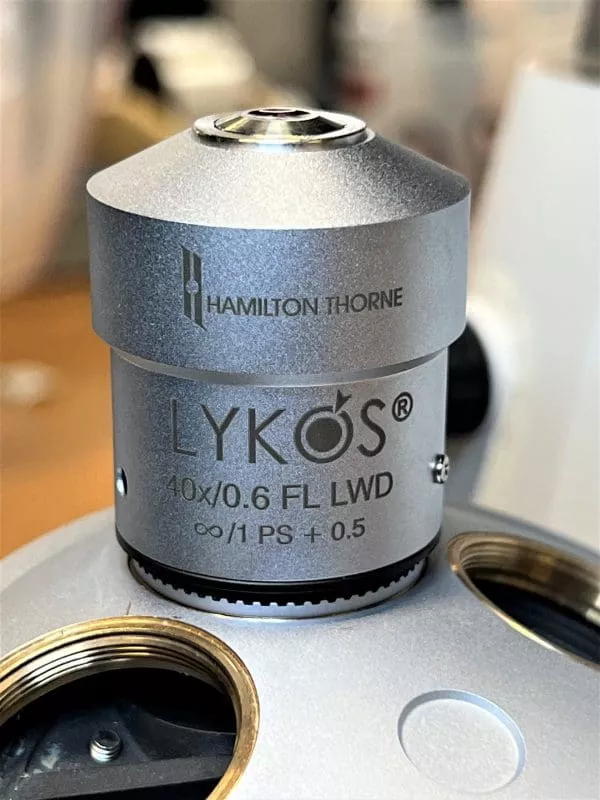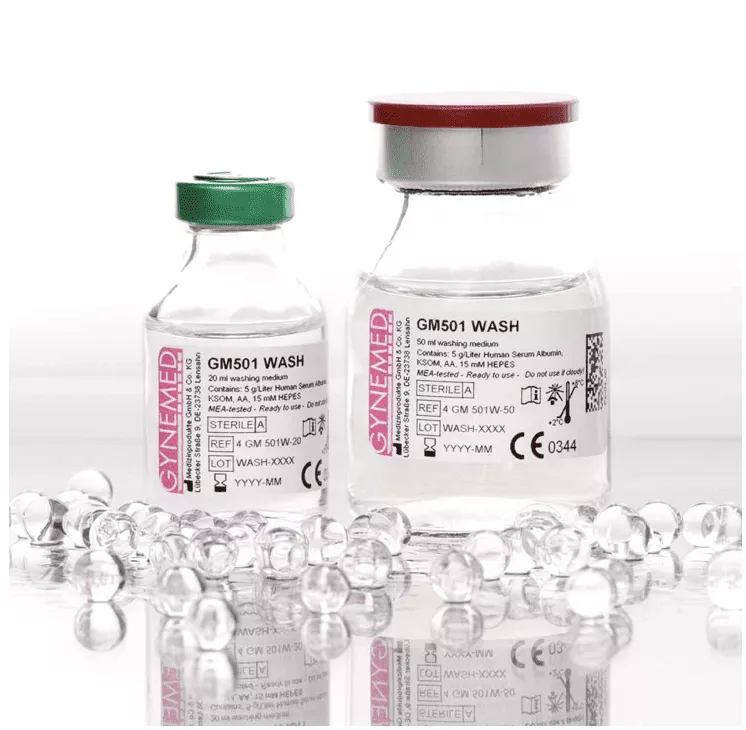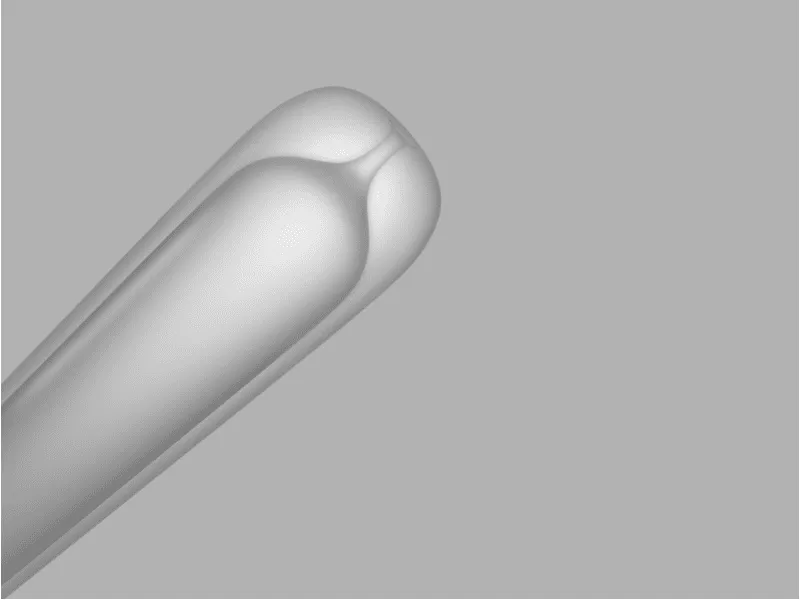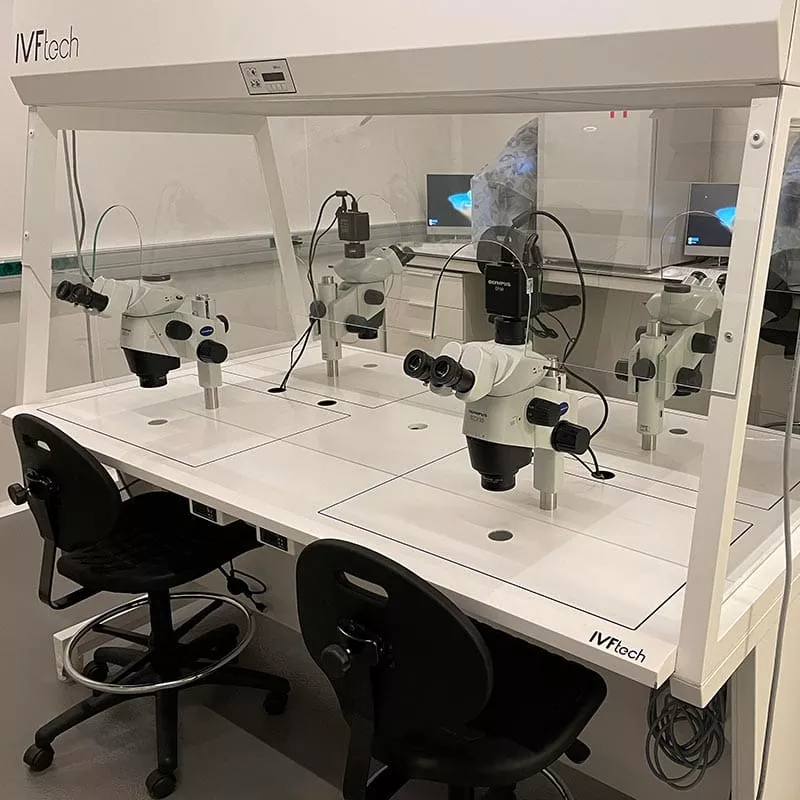Confidence at every step. Comprehensive ART solutions.
Pre-IVF Diagnosis and Sperm Preparation
During a fertility evaluation, doctors use blood tests and imaging tools to assess the uterus and fallopian tubes for abnormalities. Male fertility is typically evaluated through a semen analysis, measuring concentration, morphology, and motility, either manually or with a CASA machine. Afterward, sperm separation devices or specialized media may be used before IVF or IUI.
OPU and IUI
Ovum pick up is the process of collecting oocytes from the ovaries. Speciality needles and aspiration is used to extract the follicular fluid that contains the eggs. The eggs are then cleaned and prepped for fertilization or frozen for later use. Intrauterine insemination (IUI) is a procedure in which a catheter is used to place semen directly into the uterus.
IVF / ICSI
In Vitro Fertilization involves fertilizing an oocyte outside of the body. The egg may be fertilized using a conventional method in which eggs are mixed with sperm in a dish or using Intracytoplasmic Sperm Injection (ICSI), directly injecting a single sperm into an oocyte.
Embryo Handling
During embryo development the embryo is kept under optimal conditions using speciality media and incubators to protect the embryo and promote growth.
Embryo Transfer
After successful fertilization, the next critical step in the IVF process is embryo transfer. During this procedure, a catheter is used to gently place the embryo into the uterine cavity. The goal is to maximize the chances of implantation while minimizing disruption to the endometrium.
Vitrification and Lab Management
If an embryo isn’t transferred or an oocyte isn’t used it may be frozen for later use, this process is called vitrification. After it is frozen the egg or embryo will typically be stored in a large tank filled with liquid nitrogen (LN2) until it’s ready to be used. Additionally, air purification systems can help maintain the optimal lab conditions for embryo growth and development while witnessing and monitoring help your lab run more efficiently.
Pre-IVF Diagnosis and Sperm Preparation
During a fertility evaluation, doctors use blood tests and imaging tools to assess the uterus and fallopian tubes for abnormalities. Male fertility is typically evaluated through a semen analysis, measuring concentration, morphology, and motility, either manually or with a CASA machine. Afterward, sperm separation devices or specialized media may be used before IVF or IUI.
OPU and IUI
Ovum pick up is the process of collecting oocytes from the ovaries. Speciality needles and aspiration is used to extract the follicular fluid that contains the eggs. The eggs are then cleaned and prepped for fertilization or frozen for later use. Intrauterine insemination (IUI) is a procedure in which a catheter is used to place semen directly into the uterus.
IVF / ICSI
In Vitro Fertilization involves fertilizing an oocyte outside of the body. The egg may be fertilized using a conventional method in which eggs are mixed with sperm in a dish or using Intracytoplasmic Sperm Injection (ICSI), directly injecting a single sperm into an oocyte.
Embryo Handling
During embryo development the embryo is kept under optimal conditions using speciality media and incubators to protect the embryo and promote growth.
Embryo Transfer
After successful fertilization, the next critical step in the IVF process is embryo transfer. During this procedure, a catheter is used to gently place the embryo into the uterine cavity. The goal is to maximize the chances of implantation while minimizing disruption to the endometrium.
Vitrification and Lab Management
If an embryo isn’t transferred or an oocyte isn’t used it may be frozen for later use, this process is called vitrification. After it is frozen the egg or embryo will typically be stored in a large tank filled with liquid nitrogen (LN2) until it’s ready to be used. Additionally, air purification systems can help maintain the optimal lab conditions for embryo growth and development while witnessing and monitoring help your lab run more efficiently.
Solutions that simplify. Support that never wavers.
End-to-end ART solutions
Guardia™ Access Embryo Transfer Catheter
Designed for the precise placement of in vitro fertilized (IVF) embryos into the uterine cavity, this catheter set offers both efficiency and ease of use. The curved guide catheter facilitates smooth insertion, while its rounded bulb tip allows for gentle passage through the cervix. The soft, flexible transfer catheter ensures delicate handling of embryos, and the innovative Microvol™ technology minimizes the volume of media required. For added convenience, the cervical stop is preset at 4 cm but can be easily adjusted to 5 cm. Each catheter is individually packaged in a sterile pouch, ensuring safety and reliability.
Lykos Laser
The Lykos laser provides advanced precision targeting and high-definition imaging through RED-i, ensuring exceptional visualization and accuracy during your most important IVF procedures. The Lykos DTS (Dynamic Targeting System) enables the laser to seamlessly navigate to the desired location without the need for manual dish manipulation.
Gynemed Specialty media
Gynemed offers innovative and unique IVF products and services. Our years of experience in manufacturing and research sets Gynemed’s media offering apart from many others and provides a unique solution for every step of your IVF journey.
Cook® Microinjection and Holding Pipettes
The Cook® Microinjection Pipette is specifically designed for intracytoplasmic sperm injection (ICSI) of oocytes, offering precise sperm control. It features a well-defined bevel to effectively puncture the zona pellucida and is sold in boxes of 10. Complementing this, the Cook® Holding Pipette is used to securely hold the oocyte during ICSI or the embryo for other micromanipulation techniques. It is flame-polished for smooth handling and is also available in boxes of 10, ensuring consistency and convenience for laboratory use.
Javica – IVFTech
The innovative Javica cabinet features a dual-sided workstation that maximizes space while creating an optimal working environment. With a continuous vertical laminar flow of clean air and a high degree of customization, it safeguards your samples and is tailored to meet the unique needs of IVF laboratories.
Our global reach and personal touch connect us to ART professionals worldwide
With our worldwide network, we are here to help you succeed at every critical moment with end-to-end products and expert, responsive support wherever you are.
- Distributor
- Direct
Cook Reproductive Health
Bloomington, IN 47402 USA
Gynemed
Wagrienring 24b
23730 Sierksdorf
Germany
Gynétics
3920 Lommel
Belgium
Hamilton Thorne
Beverly, MA 01915 USA
IVFtech
3460 Birkerød
Denmark
Planer
Sunbury-On-Thames
TW16 7HD
United Kingdom
Tek-Event
Rouse Hill NSW 2155 Australia
Microptic
08029 Barcelona, Spain




